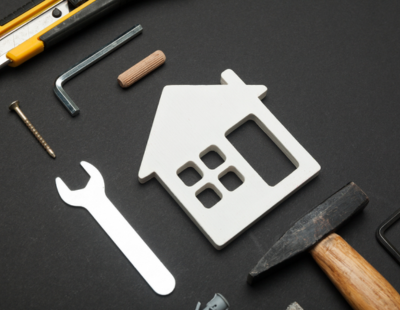Landlord insurance is a really useful way of safeguarding against damage to your property. Providers such as HomeLet,for example, provide free emergency assistance, cover lost rent and re-letting costs, and pay out for damage to contents, saving landlords who run into trouble a lot of money in the long run.
However, many people remain confused about exactly what is covered by landlord insurance, how much it costs and whether it’s really necessary. In answer to the latter enquiry, we would always answer in the affirmative. With regards to the previous two, however, that all depends on the policy you choose. To try and make things a little clearer for you, here’s a quick guide to how the cost of landlord insurance policies are calculated.
How Much is Landlord Insurance?
The cost of individual landlord insurance policies is dependent on many factors, such as:
The Amount of Properties Your Business Owns
The cost of a policy is influenced by the number of houses and flats you or your business owns. Quite simply, the more properties you have, the more it will cost you, although some providers will offer discounts for insuring in bulk.
Whether You Own a Residential or Commercial Property
As a rule, it costs far less to insure residential properties than commercial properties like factories and large office buildings. However, each property will be individually assessed, based on its size and the risk it poses, before your policy is finalised.
The City Your Property is Located In
Insurance quotes differ between cities, based on factors such as market prices. If you live in London, for example, where house prices are higher, you’ll pay more than if you lived in Nottingham. Location can also influence you total loss claim and the cost to re-build the property again, and this difference is passed on to you in direct line.
The Type of Property
Whether your house would be categorised as a bungalow, flat, semi-detached or terraced house will also affect the cost of your insurance.
The Amount of Public Liability Your Business Needs
The amount of cover you require will be dependent on the size of your business and the liability cover it needs to fully protect you from claims lodged by members of the public.
The Market Value of Your Property
The more your property is worth, the more it will cost you to insure it.
The Costs You Would Like Covered in the Event of a Total Rebuild
The insurance company will make their calculations based on the cost to them in the event of a total rebuild. This means, then, that the more you would like them to cover, the more they will charge you for doing so.
The Age of the Property and the Materials Used to Build It
Building materials such as bricks, stone and wood differ in durability, with some being more prone to needing repairs than others. Similarly, the age of a building will impact the risk of an insurance company having to shell out for renovations. A newly built brick house, for example, would be far less likely to need work doing than a 200 hundred year old wooden building.
Whether You Want Contents Insurance
It will cost more to get total cover for your property, as this increases the likelihood that you will claim. However, this can be a very wise financial decision in the long-run.
Subsidence History or Structural Damage
Properties with existing structural damage or previous subsidence pose a higher risk to insurance companies, as they’re more likely to cause problems in the future and cost the policy provider a significant amount of money.
So, how much does landlord insurance cost? The answer is this: how long is a piece of string? The cost of policies varies between people and between providers, but the factors outlined above should at least give you a rough idea of factors which may increase the cost of your insurance when you consider whether or not it is worth your time to take it out.






.jpg)



.png)





Comments